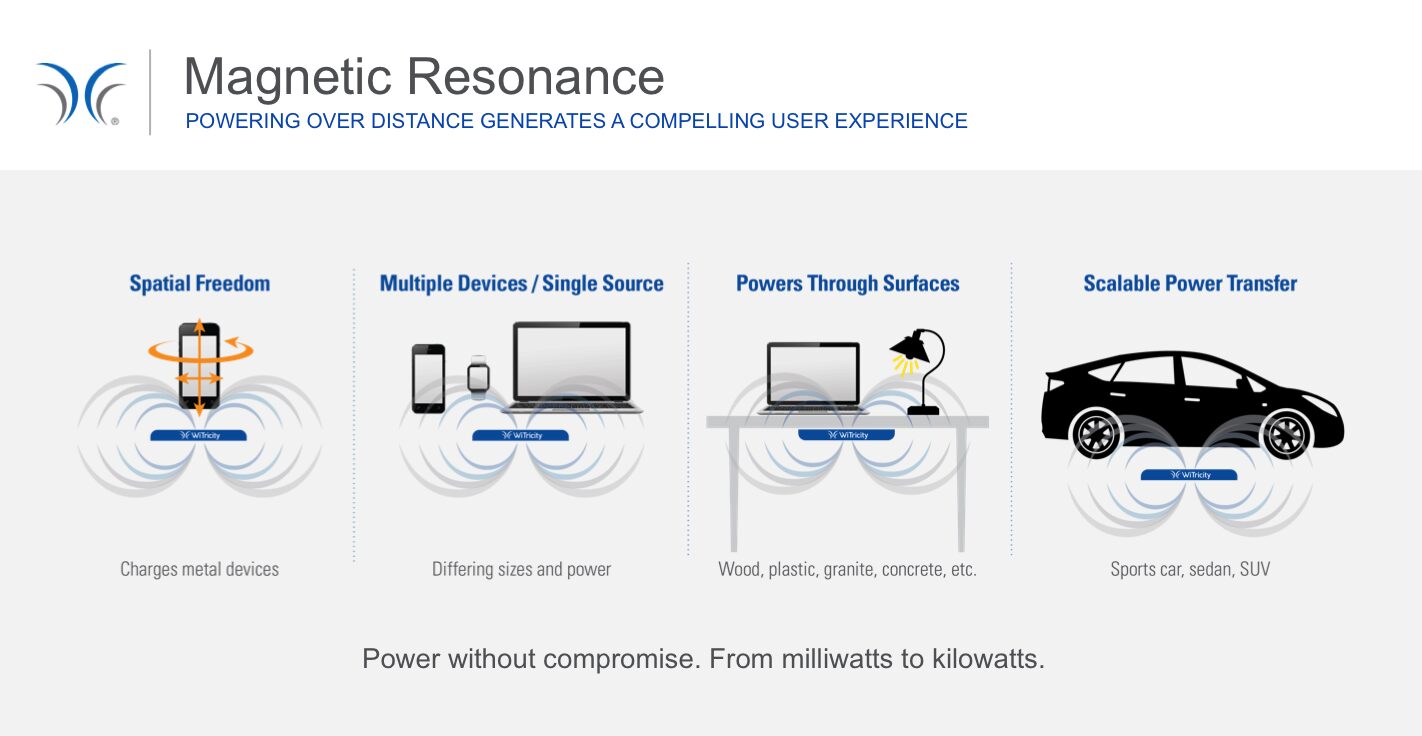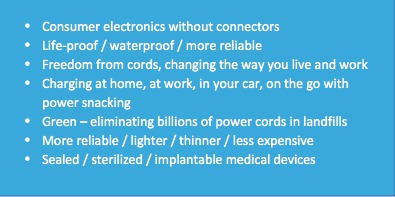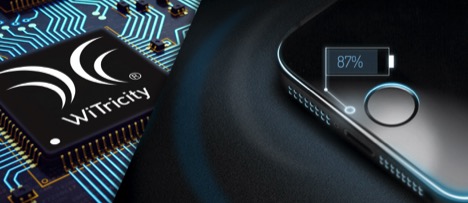Let’s face it: consumers and manufacturers alike agree that the future is wireless – from smartphones and laptops to electric vehicles. WiTricity, an exciting start-up based just outside of Boston, is using that vision to transform the way we live, work, and move.
They are eliminating the last cord by building a wireless charging infrastructure that is being enabled by Integrated Circuits (IC) they are commercializing in collaboration with ST and have demonstrated the technology, most recently, at the ST Developers Conference in Santa Clara.
WiTricity is working with ST to develop ICs based on their patented magnetic resonance technology. The technology makes it possible to efficiently and effectively create connector-less consumer electronic devices, from smartphones and laptops, to wearables and beyond. This innovative technology delivers “drop-and-go” charging by transferring wireless power over distance — and even through — materials and surfaces. WiTricity’s technology can charge a laptop through the desk that it sits on, or the side table that the smartphone has been placed on. Even better, the technology can wirelessly charge multiple consumer devices simultaneously. The workplace of the future can be totally re-imagined.
WiTricity’s silicon solutions will be compliant with the AirFuel Alliance resonant specification, giving end users confidence that their mobile products will work seamlessly with any WiTricity transmitter. In addition to providing developers and designers the ability to eliminate wires and failure-prone connectors for their end users, wireless charging based on magnetic resonance can improve enclosures and product sealing and eliminate frantic “cord and connector confusion.”

The introduction of ICs manufactured by ST and reference designs incorporating WiTricity’s Magnetic Resonance technology accelerates the process for global brands to integrate WiTricity’s magnetic resonance technology. Moreover, freedom from wires will make charging fast, easy and safe, over distance—making consumers even happier.
The best part is the wireless-charging IC does not discriminate against industries or product types, so while this is the first major step in catalyzing the commercialization of magnetic resonance throughout consumer electronics, it can also be used to meet automotive, industrial, military and medical market needs, as well. A truly wireless future is near and WiTricity, partnering with ST, is positioned to cut the last cord. Imagine the possibilities.
